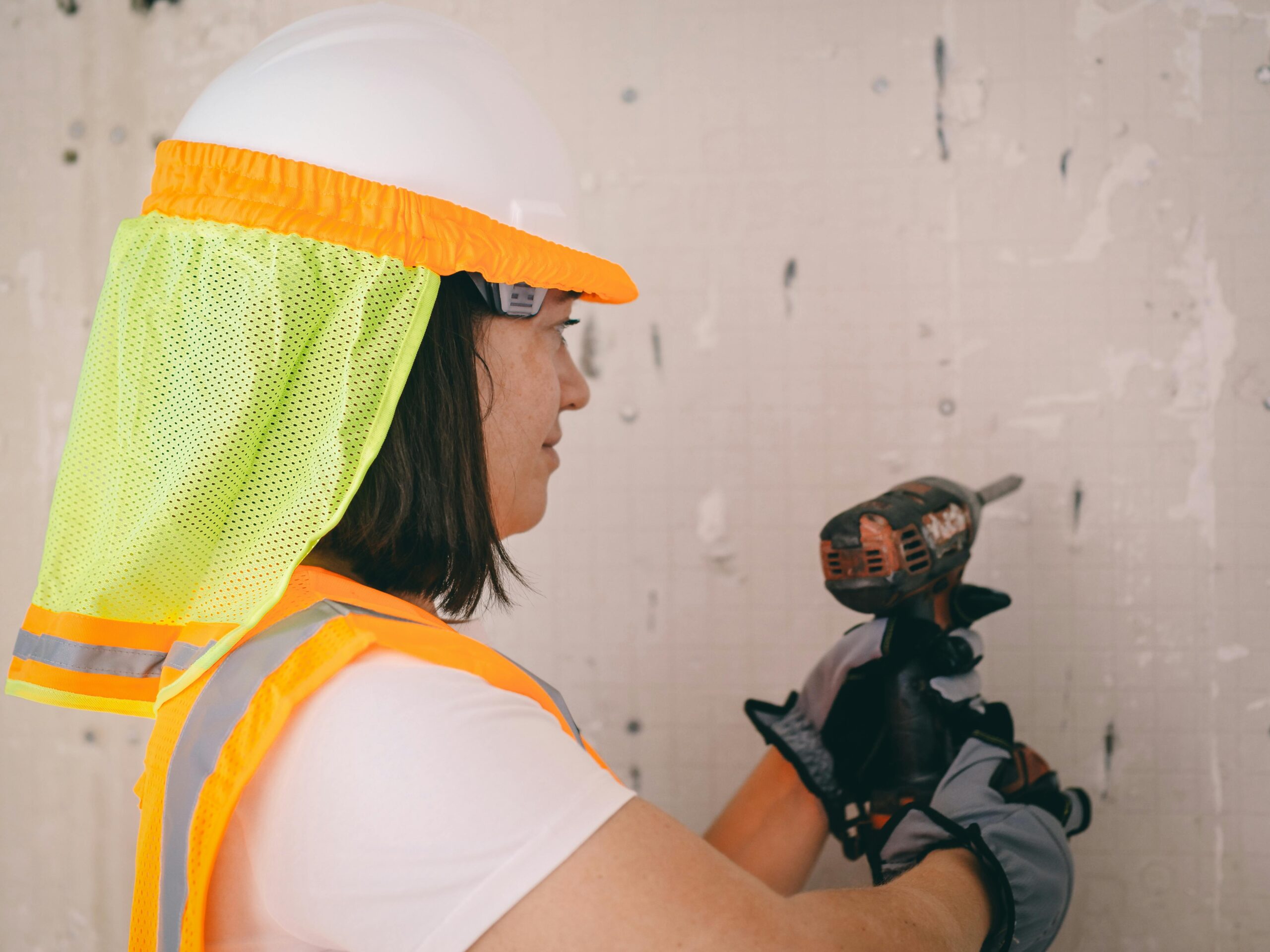Proper maintenance and storage are critical to preserving the performance, longevity, and safety of Diamond Engineering thin wall drill bits. Below is a detailed, step-by-step guide to ensure optimal care, supported by industry best practices and technical insights:
Post-Use Cleaning:
- Debris Removal: Use a stiff-bristle brush (e.g., brass or nylon) to dislodge concrete, stone, or metal particles from the diamond segments and flutes. Avoid metal brushes, which can scratch the steel body .
- Wet Drilling Residue: For bits used with water coolant, rinse thoroughly under running water to remove slurry. Use a compressed air gun to blow out trapped debris from the hollow core and segment gaps .
- Dry Drilling Residue: If dry drilling with wax lubricant (e.g., Bosch PRO Series), wipe the bit with a cloth to remove melted wax and dust. For stubborn residue, soak the bit in a mild detergent solution (1:10 ratio) and scrub gently .
- Ultrasonic Cleaning: For precision bits (e.g., electroplated glass bits), use an ultrasonic cleaner with a diamond-safe solution (e.g., water + mild surfactant). This removes embedded debris without damaging the diamond matrix .
Frequency: Clean bits immediately after each use to prevent debris buildup, which can accelerate wear and reduce cutting efficiency.
Visual Inspection:
- Segment Wear: Examine the diamond segments for signs of wear. A healthy segment should have 60–70% of the diamond particles exposed. If segments appear smooth or “glazed” (due to overheating), they need re-tipping or replacement .
- Cracks and Loose Segments: Check the steel body and segment bonds for cracks, chips, or loose segments. Laser-welded bits (e.g., BOSUN models) should have seamless segment-to-body connections; any gaps indicate failure .
- Dimensional Accuracy: Measure the outer diameter (OD) with a caliper to ensure it meets specifications. A worn bit may have an OD tolerance exceeding ±0.1mm, affecting hole precision .
Advanced Techniques:
- Optical Profilometry: Use a 3D laser scanner (e.g., as described in ) to map wear patterns and calculate volume loss. This is ideal for high-value bits in geological or aerospace applications.
- Ultrasonic Testing: For critical applications (e.g., medical implants), perform ultrasonic 探伤 to detect internal cracks in the steel core .
Frequency: Inspect bits before each use and after every 5–10 holes in abrasive materials like concrete.
Thread Lubrication:
- Apply a dry graphite spray (e.g., Molyslip® or Blaster 8-GS) to the shank threads to prevent galling and seize during installation. Graphite-based lubricants are ideal as they resist high temperatures (up to 550°C) and do not attract dust .
- Avoid oil-based lubricants, which can contaminate the diamond segments and reduce cutting efficiency.
Anti-Corrosion Protection:
- Short-Term Storage: Wipe the bit with a light coat of rust-preventive oil (e.g., WD-40 Specialist® Corrosion Inhibitor) if stored for less than 3 months. Focus on the steel body and threads .
- Long-Term Storage: For periods exceeding 6 months, wrap the bit in anti-corrosive paper (e.g., VCI paper) or place it in a vacuum-sealed bag with desiccant packs to eliminate moisture .
Temperature and Humidity:
- Store bits in a climate-controlled environment with temperatures between 20–25°C (68–77°F) and relative humidity of 40–60%. High humidity (>60%) can cause rust, while extreme heat (>30°C) may degrade resin bonds .
Physical Protection:
- Cases and Organizers: Use padded aluminum cases with custom-cut foam inserts (e.g., as shown in ) to prevent collisions. For smaller bits, a plastic case with individual slots (e.g., VEVOR drill bit organizer) works well .
- Vertical Storage: Hang longer bits (≥200mm) vertically on a rack to avoid warping. Shorter bits can be stored horizontally in trays, separated by foam dividers .
- Avoid Stacking: Never stack bits directly on top of each other, as this can damage the diamond segments. Use spacers or racks to keep them separated .
Labeling: Clearly mark cases with bit specifications (e.g., OD, wall thickness, material type) to prevent mix-ups.

Re-tipping Process:
- For sintered or brazed bits, worn segments can be replaced by a professional service (e.g., Husqvarna or Diamond Products). The old segments are removed, and new diamond segments are brazed onto the steel core, restoring 80–90% of original performance .
- Cost Savings: Re-tipping typically costs 25–50% less than buying a new bit, depending on size. For example, a 6″ diameter concrete bit retips for ~$150, while a new one costs ~$400 .
When to Replace:
- Electroplated Bits: These cannot be re-tipped and should be replaced when diamond layers wear thin (≤0.2mm remaining).
- Severe Damage: Bits with cracked steel cores, irreparable segment loss, or dimensional inaccuracies beyond tolerance must be discarded .
- Cooling Systems: Always use recommended cooling methods (wet or dry) to prevent overheating. For wet drilling, maintain a water flow rate of 1–2 L/min; for dry drilling, use bits with built-in wax inserts (e.g., Bosch DDB Series) .
- Speed and Pressure: Follow manufacturer RPM guidelines. For example, a 1″ OD concrete bit should operate at 1,600 RPM, while a 6″ bit requires 700 RPM to avoid segment burnout .
- Debris Evacuation: Retract the bit every 20–30mm during deep drilling to clear debris and reduce friction .
- Manufacturer Guidelines: Adhere to the specific maintenance instructions provided by the bit manufacturer. For example, BOSUN’s concrete bits require wet drilling only, while Eternal Tools’ glass bits must be cleaned with alcohol .
- Maintenance Log: Keep a record of cleaning, inspections, re-tipping, and usage details to track performance and predict replacement needs.
Proper maintenance and storage of Diamond Engineering thin wall drill bits are investments in efficiency, safety, and cost-effectiveness. By following these guidelines—including regular cleaning, thorough inspections, and optimal storage conditions—you can maximize tool life, reduce downtime, and ensure consistent performance across diverse applications. Always prioritize manufacturer recommendations and industry standards to achieve the best results.


